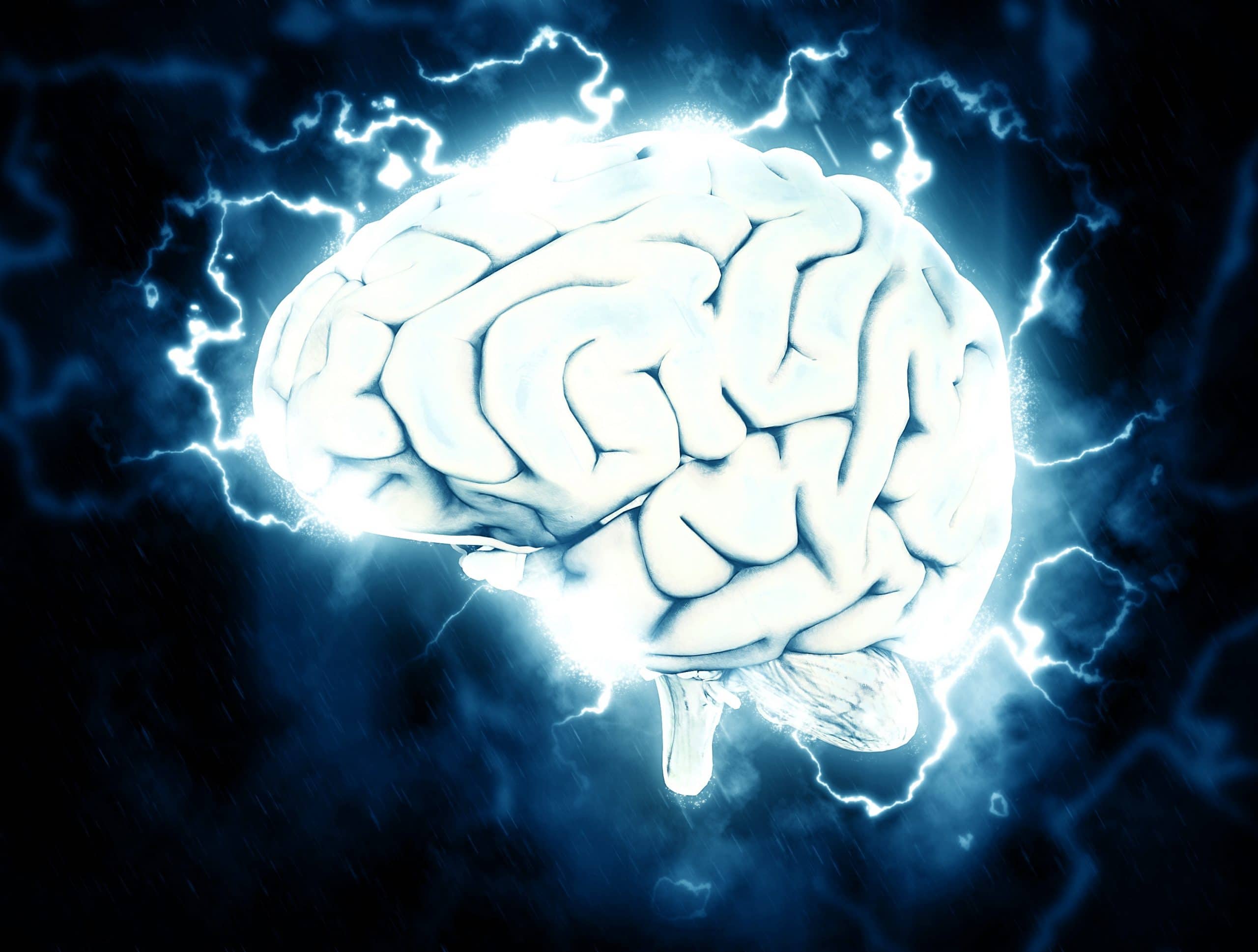3 Important Things To Understand About Pain
PAIN. It’s the number one complaint from patients we see as physical therapists. In my opinion, the worst part about pain is that it stops you from doing the things you need to do to function and the things you may really enjoy like walking, biking, running, playing with kids, etc. According to the International Association for the study of pain, “Pain is an unpleasant sensory and emotional experience associated with actual or perceived tissue damage.” Although a very complex process, the basics of pain can actually be understood in simple terms, which can have a huge impact on full recovery from pain. Lorimer Moseley, an Australian pain scientist says it quite nicely that, “100% of the time, pain is a construct of the brain.” I think this is the most important and valuable piece of information to truly understand for those experiencing pain. The stigma of “it’s all in your head” may not really seem like a helpful thing to say, but it does have some truth to it since pain is indeed 100% of the time produced by our brains.

One common misconception is that pain travels up to the brain from the tissues of the body. This is not true; there are no “pain pathways” that travel up to the brain, only sensory and chemical inputs travel up to the brain via the nervous system. It is not until these sensory and chemical inputs or stimuli are processed by the brain that you actually experience the perception of pain. The brain receives information from the tissues and basically has to decide if this information poses a threat or not. The brain has to ask a very important question, “How dangerous is this really?” The brain needs to analyze a lot of other information before making a decision about the type and intensity of painful output that it is going to give you. It has to communicate with several areas of the brain, areas that hold memories of past experiences, areas that deal with your stress levels, emotional health, fatigue level, etc. It is not until the brain processes the information in light of all these other areas that it comes to a decision about the painful output it is going to give you. With this in mind, it may be easier to explain why you are experiencing more pain if you are under a lot of stress at work, but if you are on vacation suddenly your pain subsides as you are generally more relaxed.

Another misconception is that the greater the pain you are experiencing, the greater the tissue damage you may have. This is not true. Pain actually does not correlate at all with tissue damage. For example, most of us have experienced a paper cut that seems to generate way more pain than it should for how small of a cut it is. The tissue damage of the body in this case is minimal as this injury is just superficial. Moreover, there are several studies that show MRI results of healthy, non-painful individuals that have disc degeneration but are experiencing absolutely no pain (Brinjiki 2015). Another recent study reports that 57% of 20-50 year olds with no hip pain actually have cartilage and ligament tears (Tresch 2016). These studies confirm that although tissue damage is present, individuals may report no pain and therefore provide no solid evidence for pain correlating with actual tissue damage.
Lastly, it is important to note the different stages of pain: acute, subacute and chronic. Acute pain is pain that lasts a couple days or weeks; subacute pain may persist a couple weeks or months; and chronic pain is pain that persists greater than 3-6 months. It is important to note that within that 3-6 month time frame, the body has the remarkable ability to completely heal any tissue damage that may be present. Pain that lasts greater than 3-6 months becomes chronic and is now more of a central nervous system adaptation. This means that your nervous system is more sensitive and has essentially become better at producing pain. It’s kind of like practicing a sport, eventually you get better at it. Same applies with the body’s pain output, your brain gets good at it even when there is no actual physical reason to warrant it anymore.
It is incredibly important to understand if you are experiencing chronic pain, that conventional treatments may have minimal effect. At this point, strategies such as mindfulness and methods of desensitization such as graded exposure to perceived threats will be the most beneficial. This is where a skilled physical therapist comes in, to gradually help you get back to the activities you enjoy. Physical therapists have a thorough understanding of pain science and pain management techniques so they can help you better understand your pain and eventually overcome it! Learn more from a video about these pain concepts here. Don’t let your pain stop you from doing the things you love, visit one of our 13 convenient locations to learn how one of our physical therapists could help you overcome you pain!
